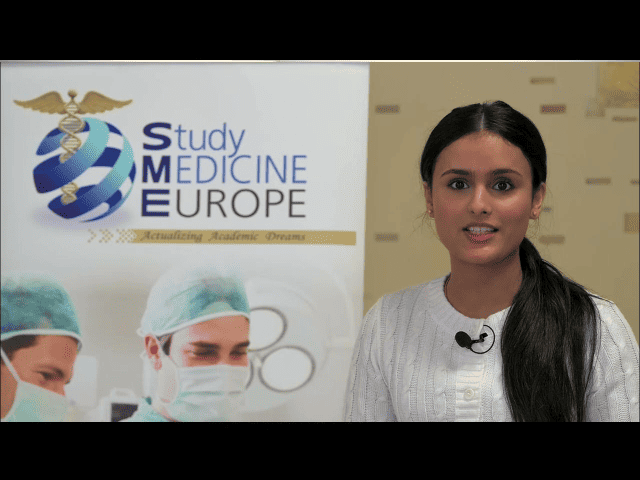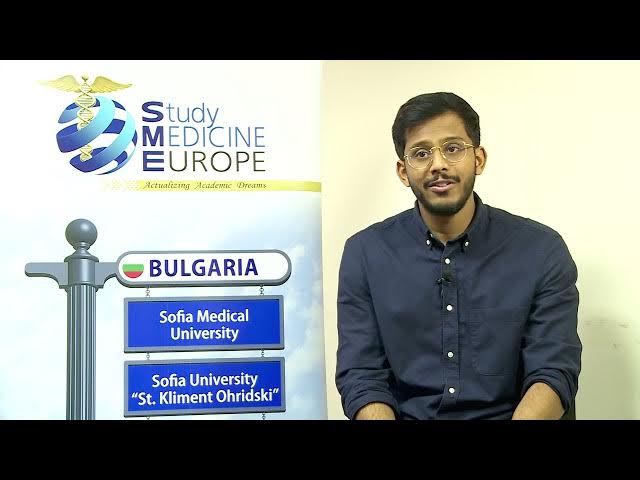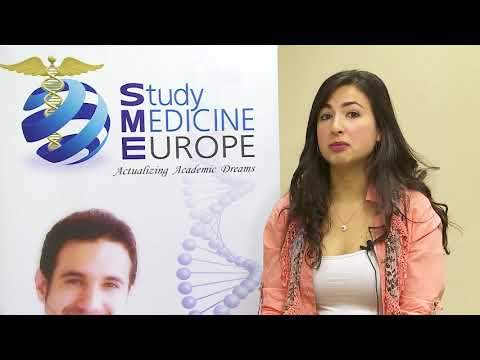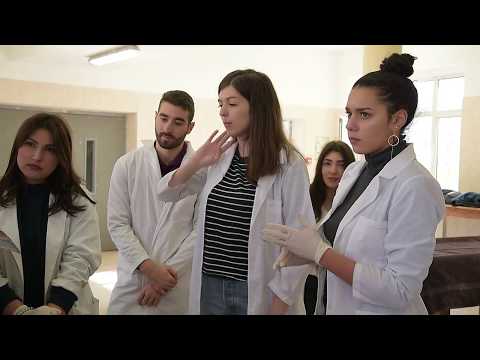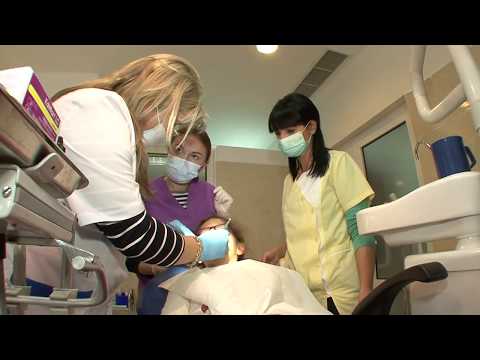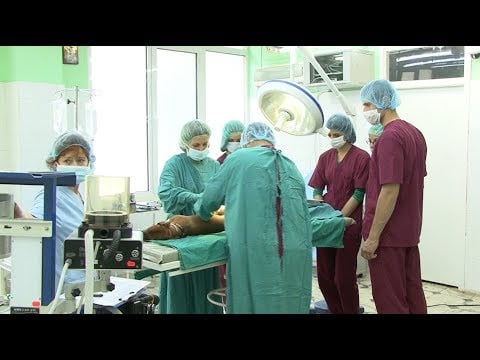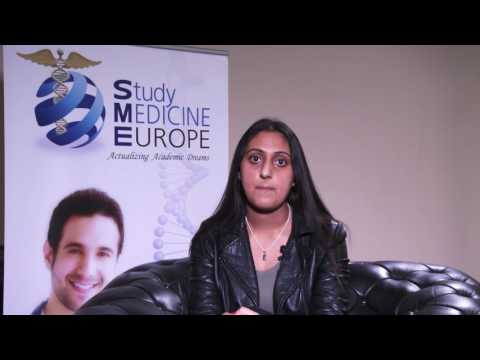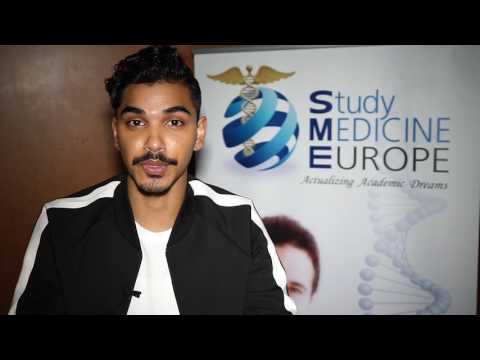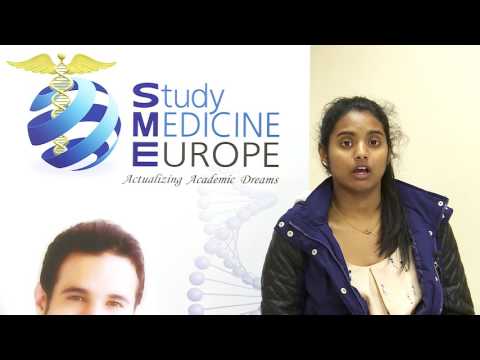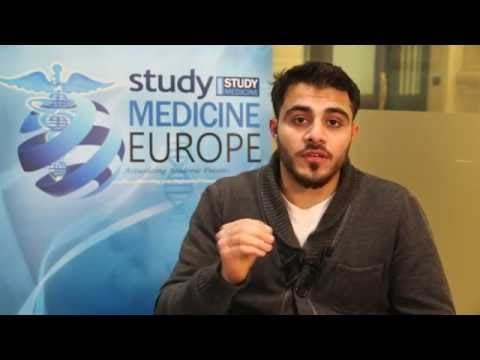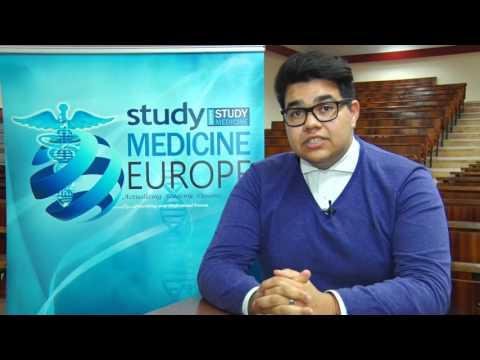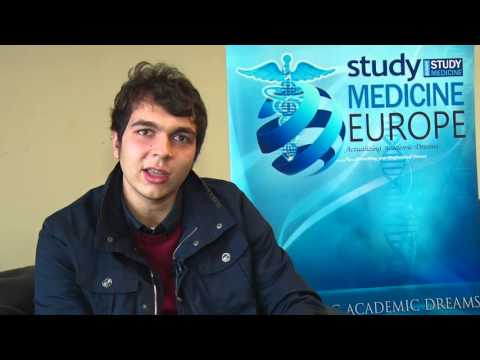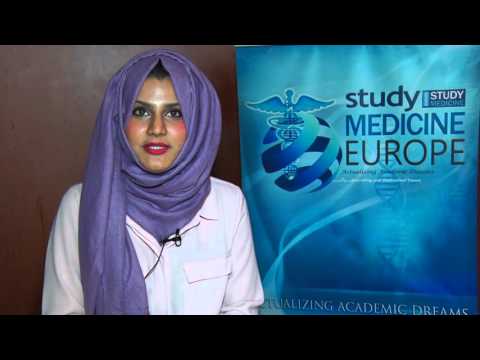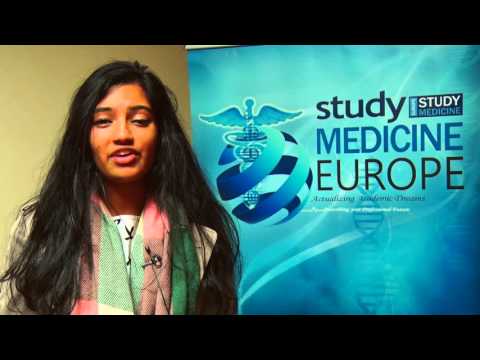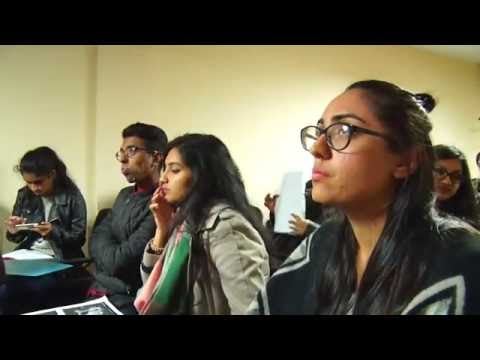Why Study Medicine at New Anglia University in North America?
Admission
No entry exams
Tuition fees
$3600/term
Undergraduate Entry
5 Years
Intake
January, May, September
Funding
Not Available
Graduate Entry
4 Years
UK, U.S. CLINICAL ROTATIONS (2 YEARS)
Included in tuition fees
UK/US
+
 Why Choose New Anglia University in the Caribbean, North America?
Why Choose New Anglia University in the Caribbean, North America?
- New Anglia University (NAU) is a prestigious medical school founded on principles of world-class education in the heart of Anguilla in the Caribbean Islands.
- The NAU curriculum is structured to support students academically and personally with progressive modules from Basic Sciences to Clinical Sciences.
- NAU offers modern medical education from an experienced, diverse faculty creating an inclusive learning environment.
- The university is a positive, supportive learning community training students for global medical practice.
+
 The 5-Year Undergraduate Programme
The 5-Year Undergraduate Programme
- Graduates of the NAU 5-Year Undergraduate Premedical and MD Programme are qualified with a Doctor of Medicine (MD) degree.
- Undergraduate medicine is taught in English over five years, with a structure of: one year of Premedical modules for 45 weeks, Basic Sciences for 75 weeks, and Clinical Sciences for 72 weeks.
- Premedical Program:
- Students study the 90-credit foundation programme to build their knowledge of foundational academic modules. The premedical curriculum consists of three 15-week terms, of modules with intensive coursework across natural sciences, mathematics, and social sciences.
- MD Programme:
- After the successful completion of the premedical course, students study the 4-year MD program.
- Basic Sciences comprises five terms of modules, requiring students to be on campus for a total of 20 months.
- The last two years of Clinical Sciences consists of 72 weeks of rotations in hospital settings under direct supervision.
- Undergraduate students undertake clinical rotations in British and American hospital.
+
 The 4-Year Graduate Medicine Programme
The 4-Year Graduate Medicine Programme
- Graduates from NAU’s 4-Year Graduate Medicine Programme have a Doctor of Medicine (MD) degree qualification.
- Students complete four years of studies: the first two years comprise 90 weeks of Basic Sciences, and the final two years comprise 72 weeks of Clinical Sciences.
- The Basic Sciences curriculum spans five terms, requiring students to attend on-campus modules for 20 months.
- Over the final two years, the programme is structured into Clinical Sciences consisting of clinical rotations.
- Clinical rotations are structured into: 48 weeks (Internal Medicine: 12 weeks, Surgery: 12 weeks, Pediatrics: 6 weeks, Family Medicine: 6 weeks, Psychiatry: 6 weeks, Obstetrics and Gynaecology: 6 weeks); then, Elective Rotations for 24 weeks.
- Graduate programme students can complete their clinical rotations in hospital and GP Surgeries in the UK.
+
 What do the Clinical Rotations in the UK and U.S. involve?
What do the Clinical Rotations in the UK and U.S. involve?
- NAU undergraduate and graduate programme students complete their two years of Clinical Sciences in the UK and the U.S.
- These modules are undertaken during the final two years of both programmes as core clinical rotations and elective clinical rotations.
- Clinical rotations build diverse student experience in real medical settings with ward rounds and grand rounds, morning reporting, work rounds, and self-directed learning.
- Throughout the two years of clinical rotations, students consistently complete patient consultation and care that prepares them for medical practice.
- UK and U.S. Clinical rotations are covered in NAU tuition fees, so there are no additional charges for rotations in the UK.
+
 Applications for UK Students
Applications for UK Students
- British applicants interested in NAU’s Medical Degree can study a 5-year Premedical and MD programme for undergraduate students, or a 4-year MD programme tailored for graduate entry students.
- Students complete their clinical rotations in British and American hospital.
- Applications are open to British nationals or residents who meet undergraduate or graduate entry criteria.
- Undergraduate applicants should have A-Levels or Level 3 qualification.
- Graduate applicants require a Bachelor’s Degree in a science-related field.
- To apply, students submit application documents with three annual intakes (January, May, and September).
+
 Applications for American & Canadian Students
Applications for American & Canadian Students
- Prospective American and Canadian students are able to apply for either of NAU’s programmes: the 5-Year Undergraduate Programme consisting of Pre-Medical and MD training, and the 4-Year Graduate Programme for candi-dates holding a Bachelor’s Degree.
- Eligible candidates must have American and Canadian Nationality or Residency.
- For undergraduate programmes, applicants must be high school graduates; for graduate programmes, applicants must have a science-related Bachelor’s Degree or 90 credit hours of undergraduate studies.
- These programmes are taught in English, annual intakes are in January, May, and September, and annual tuition fees are £12,000.
- NAU holds an ECFMG Sponsor Note listing in the World Directory of Medical Schools for the U.S. and Canada.
- American and Canadian students complete all clinical rotations in U.S. hospitals and clinics.
- During clinical training, both programmes comprise clinical sciences studies in U.S. hospitals beginning with Core Rotations, then progressing to Elective rotations.
- This extensive practical exposure develops clinical skills ahead of postgraduate training and specialisation.
- The NAU clinical rotations encompass specialties and settings with Ward Rounds, Grand Rounds, Morning Report, Work Rounds, Attending Rounds in Clinic, Dedicated Teaching, and Self-Directed Learning.
- American and Canadian students studying at NAU complete programmes that align with the ECFMG Certification so they can be licensed and registered to practise medicine in the U.S. and Canada.
- For American students, the NAU degree:
- Allows you to take the United States Medical Licensing Examination (USMLE)
- NAU offers support for USMLE preparation and navigating the certification process
- Makes you eligible to participate in the U.S. National Residency Matching Program (NRMP)
- Allows you to take the United States Medical Licensing Examination (USMLE)
-
For Canadian students, the NAU degree:
- Aligns with the requirements of the Medical Council of Canada (MCC) to practice medicine in Canada
- Allows you to take the Medical Council of Canada Qualifying Examination (MCCQE) Part I and the National Assessment Collaboration (NAC)
- Offers integrated achievement tests offered by the National Board of Medical Examiners (NBME)
- Gives you eligibility to participate in the Canadian Residency Matching Service (CaRMS)
+
 Applications for Australian Students
Applications for Australian Students
- Applicants who are Australian Nationals or Residents are eligible to apply for NAU’s programmes: the Pre-Medical and MD 5-Year Programme for Undergraduates and the MD 4-Year Programme for Graduates.
- For the Undergraduate Programme, applicants must hold the Australian Senior Secondary Certificate of Education (SSCE) qualification.
- For the Graduate Programme, eligibility is based on a Bachelor’s Degree, such as a BSc, or 90 credit hours of under-graduate studies.
- The programme curriculum is entirely taught in English, there are three intakes a year (January, May, September), and annual tuition fees are £12,000.
- NAU is listed in the Australian Medical Council (AMC) database of eligible medical schools and the MD qualifica-tion is recognised in Australia.
- Australian students complete all clinical rotations in Anguillian hospitals and clinics.
- The NAU Clinical Sciences curriculum is structured into two sequential phases, Core Rotations, then Elective Rota-tions, completed in U.S. Hospitals.
- This intensive clinical training develops foundational and specialist skills in a dynamic healthcare setting with pa-tients and medical professionals.
- Australian students complete rigorous clinical rotations covering Ward Rounds, Grand Rounds, Morning Report, Work Rounds, Attending Rounds, Dedicated Teaching, and Self-Directed Learning.
-
NAU’s programmes offers Australian medical students a degree that:
- Qualifies you to sit the Australian Medical Board Exam — both the AMC Computer Adaptive Test (CAT) Multiple Choice Question (MCQ) Examination and the Clinical Examination.
- Prepares you for the National Board of Medical Examiners (NBME) achievement tests for Basic Sciences and Core Clinical Clerkships
+
 How Much Does It Cost To Study Medicine In the Caribbean, North America?
How Much Does It Cost To Study Medicine In the Caribbean, North America?
| Programme | Programme Starts | Annual Fees (£) |
|---|---|---|
| Medicine | January, May & September |
Basic: $3600 /term (5 Terms) Clinicals: $5,500 /term (6 Terms) |
| Living Costs | Anguilla Monthly ($) | Anguilla Annually ($) |
|---|---|---|
| Rent | 300–580 | 3600–6000 |
| Food | 80–120 | 960–1440 |
| Utility Bills (Electricity, Gas & Water) | 70 | 840 |
| Internet | 40 | 480 |
| Transportation | 30 | 360 |
| Total | 520–760 | 6300–9100 |
+
 Admission to New Anglia University
Admission to New Anglia University
Applicants must provide the following information:
- An application which includes the following details: bio, education history, and course for which you are applying.
- A copy of your secondary education results with subjects studied.
- Two small photos of 4-5cm.
- A personal statement.
- Two letters of recommendation.
+
 What’s Student Life in George Hill Like?
What’s Student Life in George Hill Like?
- George Hill is one of Anguilla’s 14 districts, close to beaches and tropical landscapes.
- The George Hill area is accessible and economical for students with lifestyle benefits including extensive rental accommodations and bike infrastructure.
- NAU is centrally located in George Hill so students enjoy a tight-knit community, vibrant campus life, and a supportive buddy network.
- Students can quickly feel settled in George Hill as the entire island’s official language is English and it’s straightforward to connect with local people and services.
+
 What’s It Like for International Students To Live and Study Medicine in North America?
What’s It Like for International Students To Live and Study Medicine in North America?
- Anguilla is a British Overseas Territory in the Lesser Antilles Volcanic Arc in the Caribbean Sea, south of the North Atlantic Ocean.
- The island territory is serviced by an international airport, inter-island ferries, and an extensive network of driver services.
- Anguillian culture is welcoming and tolerant with a mixed demographic population with diverse faiths and multiple languages spoken.
- Students living in Anguilla are connected to the UK with multiple flight routes enabling easy accessibility.
+
 Why Should You Apply to North American Medical Schools?
Why Should You Apply to North American Medical Schools?
- Studying medicine in North America offers students extraordinary international opportunities for careers in the UK, U.S., and Canada.
- As it’s the economic and technological leader of global progress, a North American medical education exposes students to world-class training.
- Students can easily relocate abroad to their North American medical school with multiple international hubs for straightforward transits, international internships and clinical rotations, and returning home for visits.
- North America’s medical schools all teach programmes in English with diverse faculty that encourage a worldly perspective, unity, and collaboration.
- Universities in the region are highly accredited, listed in the World Directory of Medical Schools (WDOMS), and qualify students to meet medical practice requirements wherever they plan to live after graduation.
Watch Our Videos
Real Success StoriesOpen DaysEntry ExamsNetworking Events
Reviews
+ 2023
2023
+ 2022
2022
+ 2021
2021
+ 2020
2020
+ 2019
2019
+ 2018
2018
+ 2017
2017
+ 2016
2016
+ 2015
2015
+ 2014
2014





















